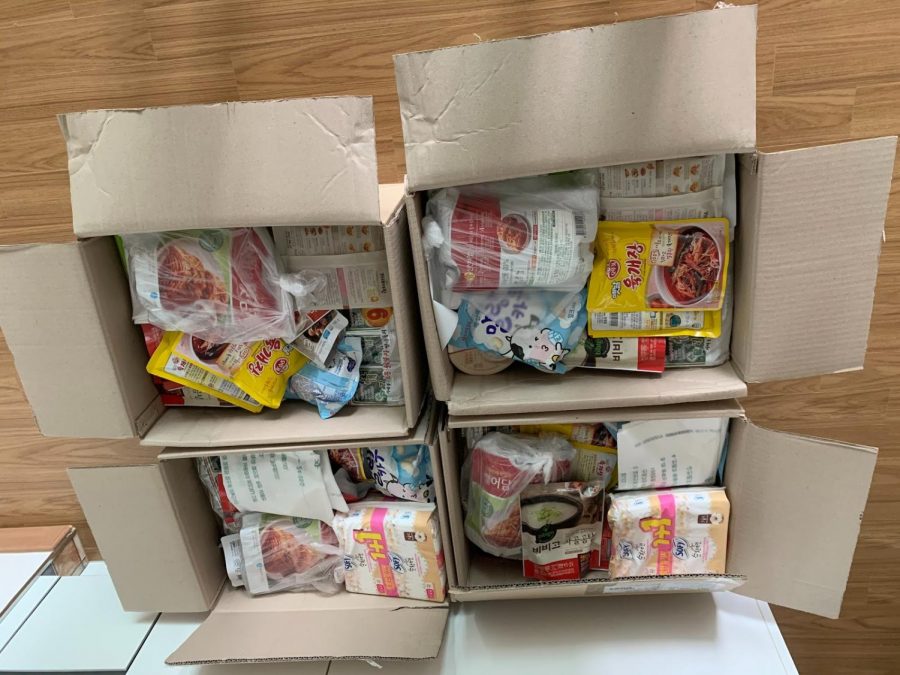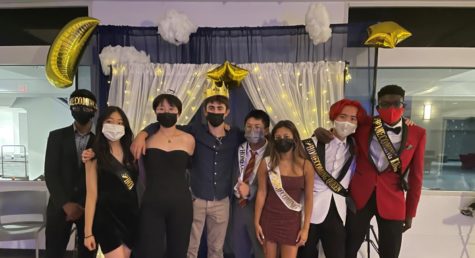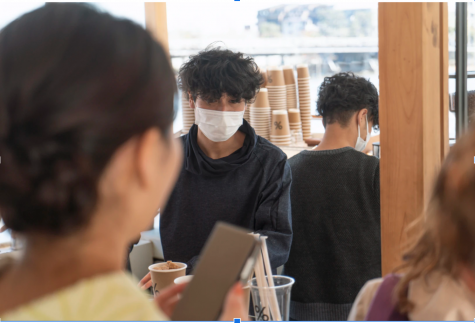How the South Korean Government Controlled My Life for Two Weeks
Note to readers: My family traveled to South Korea in June and stayed until early to mid-August. We decided to stay there for a long time because most of my relatives live there. When I came back, my family self-quarantined at my house for two weeks and took my temperature regularly to ensure that I did not get COVID-19.
I never imagined boarding a plane during the pandemic. My family decided to take the risk and fly to South Korea to see my grandparents. (Advisory: I do not advise you to travel nor make any trips out of the country.) South Korea has one of the strictest policies on foreign travelers and has made many regulations to stop the spread of the virus.
In the plane, the seats were more distanced and the flight attendees wore a face mask, visor and a plastic covering over their clothes. All members of my family were required to fill out travel declaration forms.
Once I landed in Incheon, I got my temperature checked and a heat sensor camera would analyze every person. I then went to the second checkpoint which was filling out another form on health and personal details on a desk in front of a worker. The worker examined every little detail we wrote down and pointed out any mistakes. We were then required to download an app that tracks your phone’s location to ensure we are quarantined. We were also assigned a government official that is designated to our area. It was going to be very tiresome to have someone watching your every step.
After downloading the app, travelers would take a shuttle and go to a government facility to quarantine for two weeks. However, my grandmother in Yongin, South Korea filled out forms so that we could quarantine in her apartment instead. After customs we took a taxi to my grandmother’s house. This was safe and convenient. Before we arrived, we went to a Coronavirus Testing site and got tested. The testing site was in a tent outside between two office buildings. We checked in and put our face in front of a sliding window which they would stick the swab into your nose and mouth. We were there for ten minutes. This was required among all travelers and these sites were spread all around South Korea. The taxi was waiting for us while we got tested, after which we immediately got in and went to my grandmother’s house. My grandma had already left the day before and had to stay at my aunt’s house in Seoul, South Korea so that we could quarantine in her home.
My family entered the small apartment and I could smell the fresh kimbap on the kitchen counter. As the front door closed behind me, I realized that I was stuck here for the next two weeks and could not even exit the front door into the hallway of the apartment building. The next day, my family received a package of thermometers that we had to use to check our temperatures every night and day and put the information onto the tracking app we downloaded at the airport. If we did not check our temperatures and fill out the form, the government official that was in charge of us would call my dad and let him know that one of us forgot to fill the form out. He also called us regularly to check on us and resolve any issues we were having. This ensures that families like mine do not leave the house and live comfortably during the pandemic. Several times the tracking app was not working, so the government official helped us fix the problem.
A week later, I heard the doorbell ring and four packages were at the front door. These packages had all the essentials and a lot of food including instant ramen, milk candy snacks, shrimp crackers, etc. This was given to every traveler in South Korea as a gift for quarantining. I was excited and ate all the food in just a couple days (Picture).
The experience at the airport and traveling to the house was very tiresome and hectic but I could tell Korea’s system with travelers was working well. I got the COVID test results two days after I took the test (came back negative) and the government assured that all its foreigners were doing well during quarantine.





